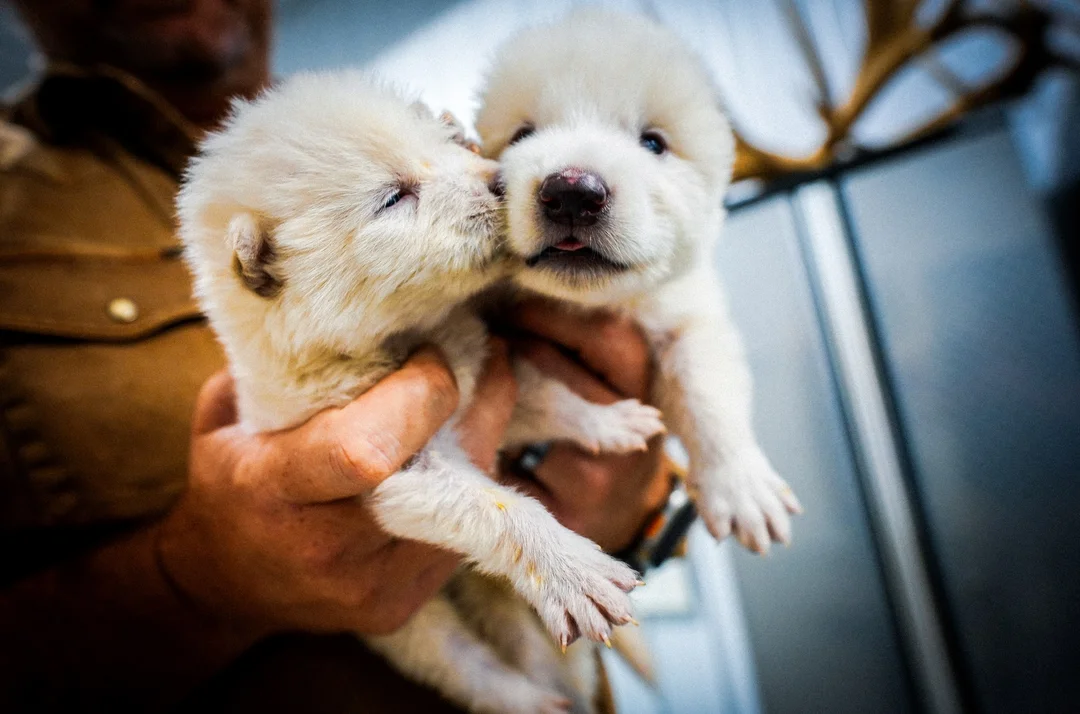
Resurrecting the Dire Wolf: Science, Spectacle, and the Future of Conservation
In a story that feels torn from the pages of science fiction, a pack of snow-white wolf pups named Romulus, Remus, and Khaleesi have been unveiled in the United States—not as mythical creatures, but as the first animals brought to life through the bold ambitions of de-extinction. This feat, driven by Colossal Biosciences, has captured the imagination of the public and the ire and fascination of scientists, policymakers, and ethicists the world over. But what have we really accomplished, and at what cost?

The pups—created via genetic engineering, not mystical rites—were developed by editing 20 key genes in cells drawn from modern gray wolves to mimic traits believed to belong to the long-extinct dire wolf. The embryos were gestated by domestic dog surrogates, resulting in animals that are visually striking but, as paleontologists note, are still overwhelmingly gray wolf in their genetic makeup. As Dr. Nic Rawlence puts it, "a grey wolf with 20 edits to 14 genes...is still very much a grey wolf."

This technological breakthrough is marketed by Colossal as a leap towards not just reviving the lost, but fortifying the living. At the heart of its mission is the promise that lessons learned from resurrecting dire wolves or woolly mammoths could one day help save endangered species, such as the red wolf, from vanishing entirely. Indeed, alongside the dire wolf project, Colossal has cloned critically endangered red wolves, applying the same genetic toolkit to try to offset a dire lack of wild genetic diversity.
Yet, the science comes with moral dilemmas and practical hurdles. The wolves are born into a life of captivity, isolated from wild kin and unable to roam the immense territories their Ice Age ancestors once claimed. As TIME reports, “spending their entire lives in a 2,000-acre preserve could be awfully lonely and claustrophobic—not at all the way wild dire wolves would live their lives.” Even as Romulus and Remus howl—a sound not heard on Earth for 10,000 years—the question lingers: are we breeding hope, or something more tragic?

The stakes have attracted political attention. U.S. Interior Secretary Doug Burgum, seeking to justify rolling back endangered species policies, cited "de-extinction" as a reason to rethink old regulatory models, declaring, “if we’re going to be in anguish about losing a species, now we have an opportunity to bring them back. Pick your favorite species and call up Colossal.” This optimism is challenged by experts who warn that such thinking risks treating conservation as dispensable, while offering no guarantee these engineered animals can ever thrive in the wild, or even survive long-term in enclosed reserves.

The bottom line? These novel animals are not simply scientific marvels, but ethical challenges—and perhaps commercial opportunities—packaged as conservation. The lure of "playing God" is strong, but the real test will be whether humanity can show the restraint, humility, and care demanded by our growing power over life itself.
Do you see de-extinction as humanity’s chance for redemption, or a new path to exploitation and unintended consequences? Share your thoughts below, and join the conversation about the animals—and ethical choices—that shape our shared future.
Related issues news
Are dire wolves out of extinction?
For the first time ever, scientists say they have made a species de-extinct, bringing the dire wolf back into the world thousands of years after it died off.
Why are dire wolves different?
Dire wolves were larger in size than gray wolves and u201chad a slightly wider head, light thick fur and stronger jaw,u201d the company said. Colossal has been working toward resurrecting the mammoth, dodo and Tasmanian tiger since 2021, but the company had not previously publicized its work on dire wolves.
Where are the dire wolf?
Dire wolves (Aenocyon dirus) are an extinct carnivore that lived throughout what are today North and South America during the Pleistocene and early Holocene epochs (about 250,000 to 10,000 years ago).
What year did Dire wolves go extinct?
Dire wolves roamed North and South America during the Ice Age, from as far north as Alaska to southern Mexico. Fossils found in South America date back about 17,000 years. Scientists say the species disappeared around 13,000 years ago.